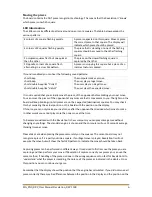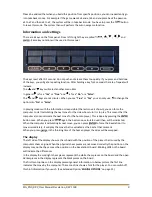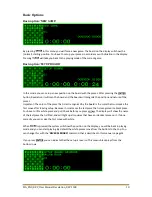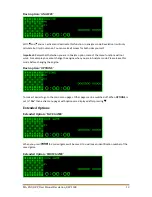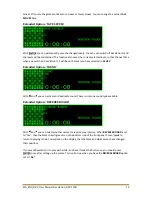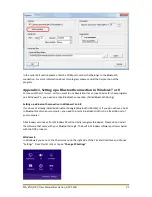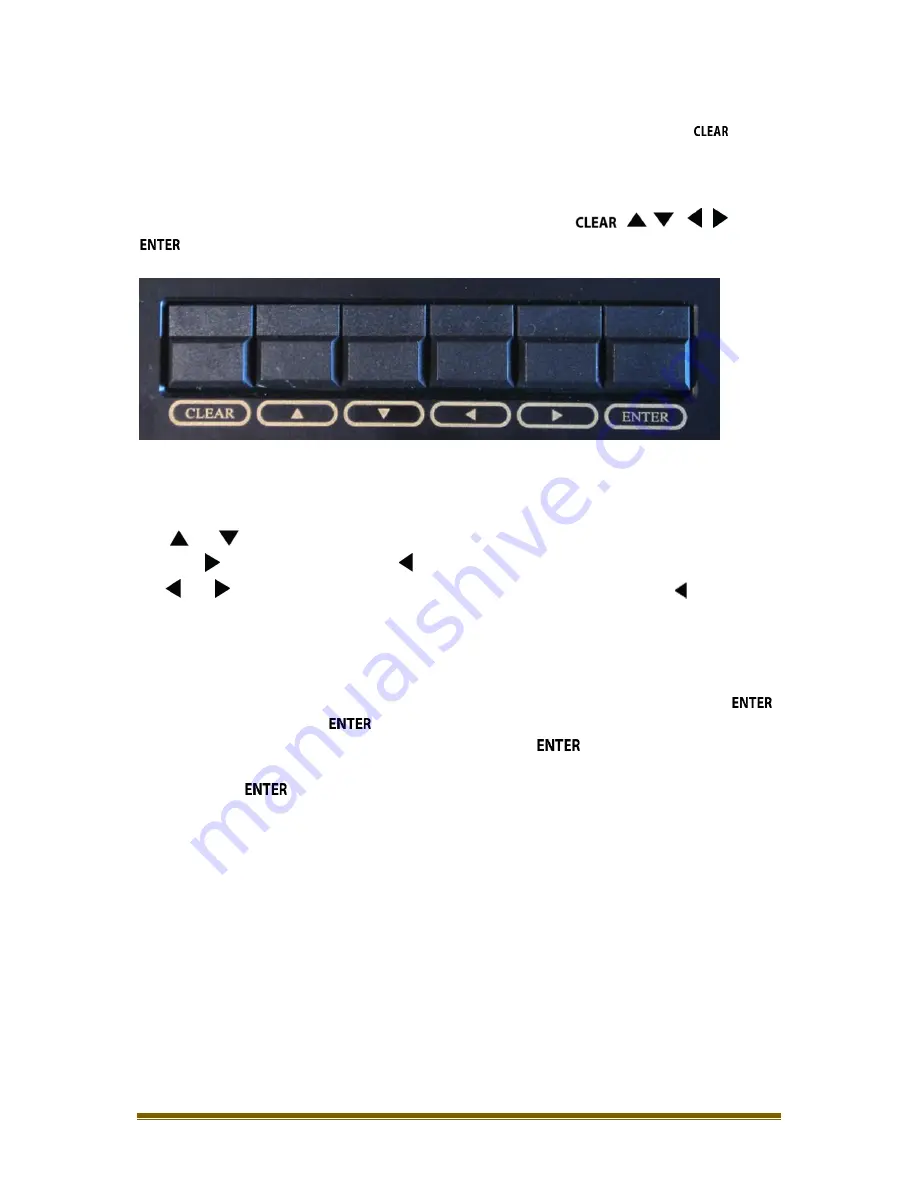
MA_ENG_REV_User Manual Revelation_REV 1508
8
Please be advised that when you build this position from specific positions, you can inadvertently go
into take back modus. For example if the game was e2e4 and e7e5 and you place back the pawn on
e5 to e7 and then e4 to e2, the system will be in take back mode. You have to press the
button
to leave this mode. The system then will perform the auto new game function.
Information and settings
There are 6 keys on the front panel. From left to right they are called
,
,
, , and
. Same key notation will be used in this manual.
The keys react after 0.1 second. Do not push and release them too quickly. If you press and hold one
of the keys, you will get a repeating function. After holding a key for 3 seconds the rate of repeat will
increase.
The
and
keys will select another menu item.
In general is for a “Yes” or “True” and is for a “No” or a “False”.
The and keys are not circular. When you see “True” or “Yes” you can only use to change the
option into “No” or “False”.
In playing modus with the information screen visible (the last move is shown), you can force the
computer to start calculating the next move for the side whose turn it is to play. This means that the
computer also can calculate the next move for the human player. This is done by pressing the
button once. When you press
again the best move, calculated until then, will be indicated.
When the computer is calculating its next move, you can press
to force the Revelation II to
move immediately. It will play the move that is evaluated as the best at that moment.
When you press
in the thinking time of the human player the sides will be swapped.
The display
The left side of the display shows a chess board with the position of the pieces that is used by the
computers chess engine. When the physical chess pieces are not moved correctly the position on the
display may not be the same as the position on the Revelation II board. Blinking LEDS on the board
will indicate the differences.
In the display the solid light chess pieces represent the white chess pieces on the board and the open
darker pieces in the display represent the black pieces on the board.
The first two top lines on the display present general information. In below picture the first line
indicates the move by the computer. The second line shows a hint for the player. You can switch off
this hint information if you wish. (See Extended Option: ‘ENGINE OPTIONS’ on page 15 )






